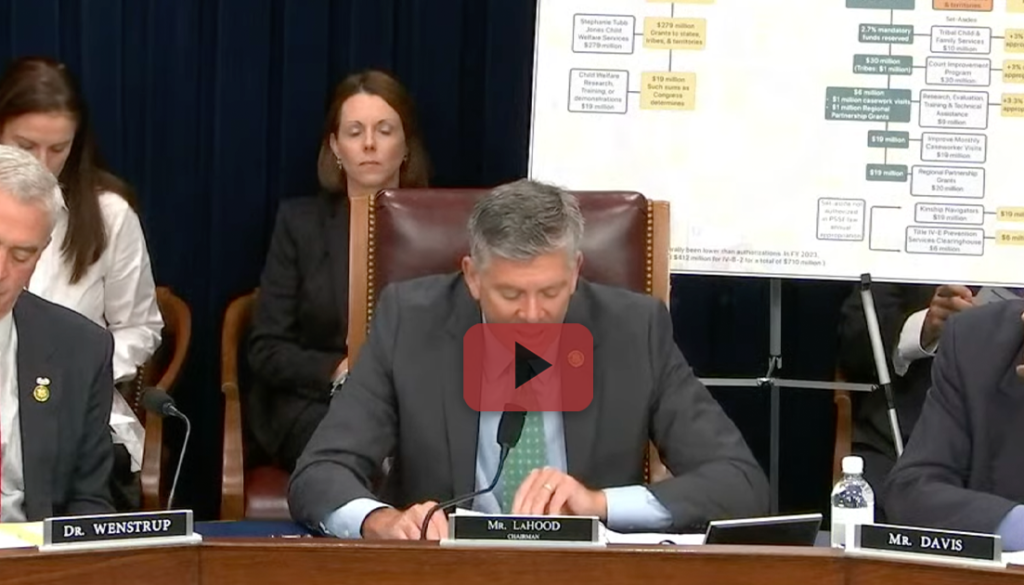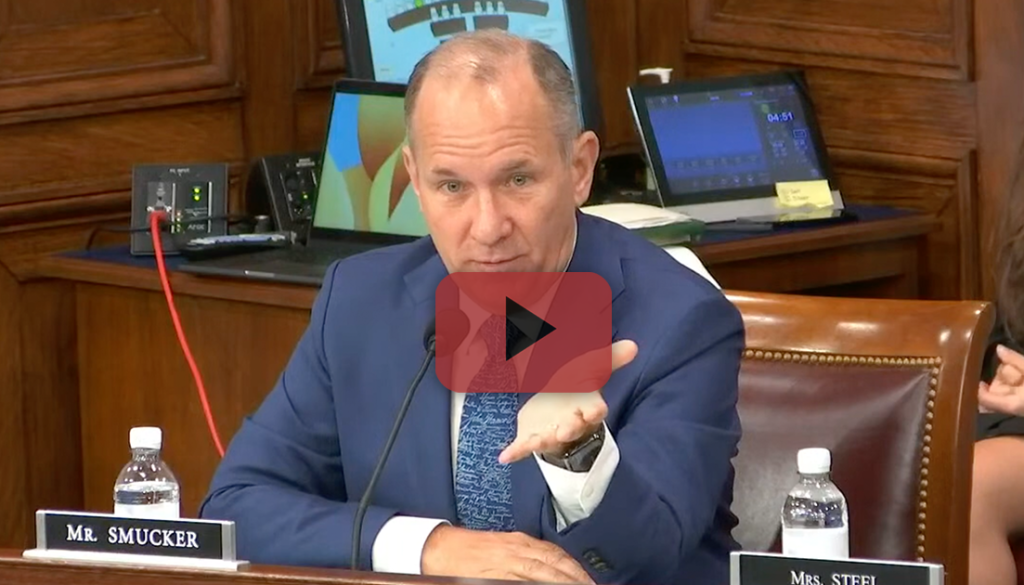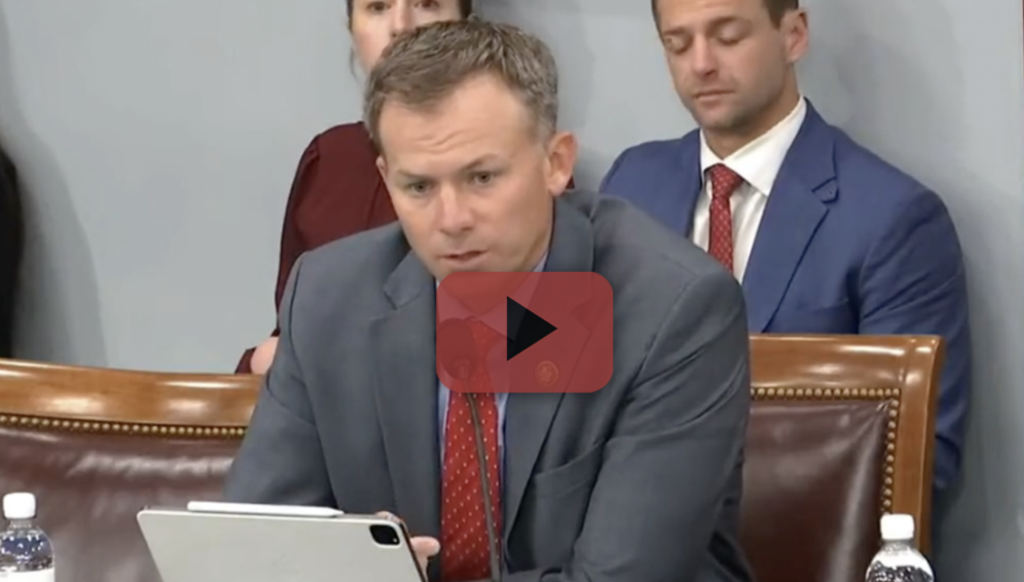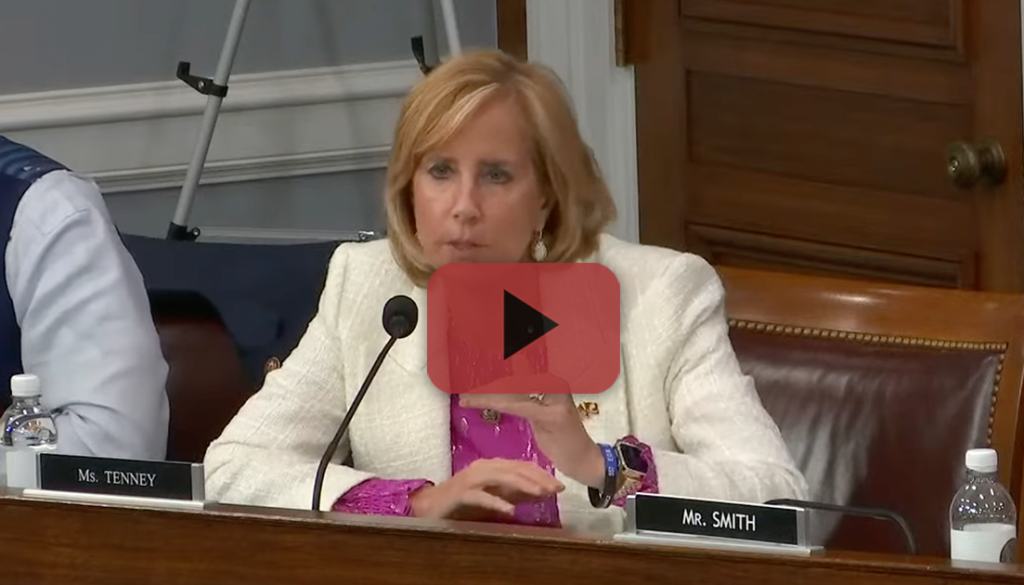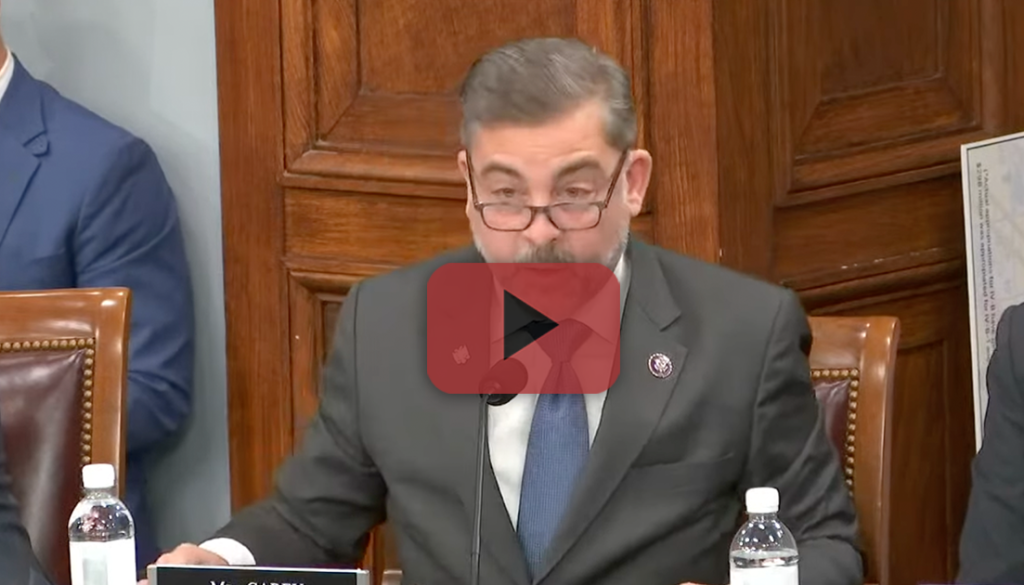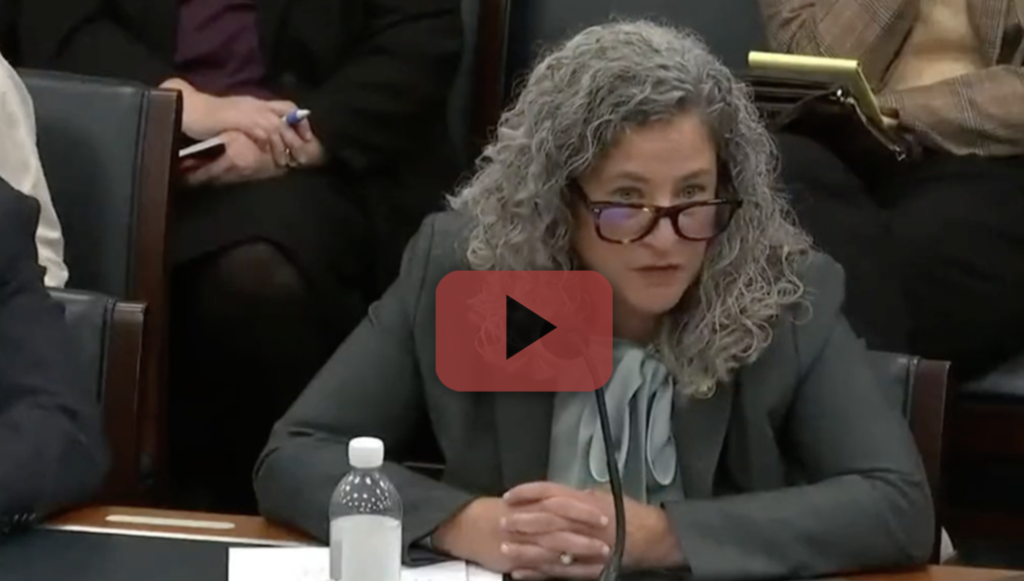WASHINGTON – The complexity of financing for federal child welfare programs stands in the way of protecting vulnerable children, witnesses testified during a House Ways and Means Work & Welfare Subcommittee hearing on modernizing federal child welfare programs. The witnesses, several of whom administer child welfare programs, shared that severe case worker shortages, court backlogs, children transitioning out of foster care, and supporting family members caring for children who might otherwise be in foster care, are persistent challenges. Witnesses testified that Congress has an opportunity to review current federal spending and streamline funding to serve vulnerable children.
The hearing focused on Title IV-B, a federal program that provides funding to states and tribes for family preservation and promotes the safety and well-being of children in foster care. The program currently consists of two separate parts with different rules and funding structures that create regulatory red tape and make it difficult to serve families and children involved in the child protective services system. Witnesses urged the committee to consider reforms that would simplify the program making it more efficient and effective in serving vulnerable children.
“Chutes and Ladders”: The Title IV-B Child Welfare Program Needs to be Modernized
Title IV-B was created in 1935 and needs to be reauthorized but the program hasn’t seen any significant reform since 2008. There is an opportunity to review and simplify the program as part of reauthorization. Work & Welfare Subcommittee Chairman Darin LaHood (IL-16) asked what states would need to make Title IV-B more efficient and, ultimately, better serve vulnerable children.
Chairman LaHood: “Title IV-B represents four percent of federal funding for child welfare, yet, it is entangled in a multitude of subprograms, many with their own unique requirements and funding structures…The agency responsible for administrating Title IV-B aptly likens its funding structure to a game of ‘Chutes and Ladders’…Obviously, I think we can do better to modernize the program; that’s part of why we are here today; while keeping with the flexibility to address critical needs…As the administrator of the program in the state of Utah, I’m wondering if you could comment on the structure of Title IV-B, how we can improve it, update it, make it more efficient, effective and accountable, and maybe some of the challenges you face?”
Ms. Gruber: “The system is both legally and administratively complex for the reasons that you describe…And I think that the flexibility that Title IV-B affords warrants recognition. I do think that there are more opportunities to provide that flexibility and shift to a more outcome-focused framework for child welfare, identify as the policymakers the outcomes that you want states to achieve for families and children in the child welfare system, and allow states the flexibility to address those challenges and achieve those outcomes, meeting the needs of their communities, which are also completely unique.”
Federal Bureaucratic Burdens Take Staff and Resources Away from Helping Vulnerable Children
Because of the structure of Title IV-B, states must devote more staff and money to meeting program criteria that could otherwise be spent helping children in foster care. Rep. Lloyd Smucker (PA-11) shared that he visited two child welfare agencies in his district and both indicated they had to devote a significant number of staff to tracking spending across different federal programs. One organization called “Thrive to Five” said they have 10 full time employees just for financing. Rep. Smucker said those officials indicated child welfare programs are structured in a way that requires a disproportionate number of staff for federal administration versus devoting critical resources to ensure caseworkers working directly with families have low caseloads and time to devote to directly helping children in foster care.
Rep. Smucker: “We’re looking at several different sub parts here – Title IV-B and other sub parts – do you think they can be combined? Do you think that would help streamline it? What should we be looking at? What suggestions do you have?”
Ms. Gruber: “Yes. All of the above…I think combining subparts A and B, establishing clear outcomes, combining definitions, making sure that those definitions are the same, and reporting requirements. Your example is spot on. We have over twenty staff just administering federal funds. We’re a small state and the administrative burden is significant, and it takes away from the frontline workers for one of our funding streams..”
Child Welfare Administrator: Federal Reforms Should Focus on Outcomes Above All Else
Children living with grandparents or family members, called kinship care, have better life outcomes, reduced trauma, and a higher chance of being reunified with their parents compared to children with no other option but to be placed in foster care. In response to Rep. Blake Moore (UT-01), a child welfare administrator urged any congressional reforms to focus on ways to keep children safely in their homes, and if not possible, finding and placing children in a different, safe home.
Rep. Moore: “As you focus on measuring outcomes for Title IV-B, is there one or two specific things that we need to be focused on at the federal level?”
Ms. Gruber: “Keeping families stable and safe children is paramount. I mean, we’re all talking about child well-being here. So keeping children safely in their homes I think is the most critical outcome, and when they can’t be, making sure that they’re stabilized in their placement and ideally getting those families back to the point that the child could be reunified. And those are the outcomes that we really are focused on in Utah.”
Family Court System Needs Clearer Guidance
Family court often helps determine a child’s future, determining whether a child should be removed from their families, and if so, where they should live next. In addition to navigating a court system, a witness shared with Rep. Claudia Tenney (NY-24) that the family court system would benefit from more guidance, especially around when children are first removed from their homes.
Rep. Tenney: “Can you just give us a quick overview of what’s happening with the interactions with families as they go through the court system. And I mean, these issues are really complex. Every family is different. You could write an encyclopedia and what happens in family court and what happens in these really sensitive issues. But if you could just give us some, what are we seeing? And what is there any discretion or any guidelines we can give to the judicial system to make this easier as well, including redefining some of the key terms?”
Ms. Beidler Carr: “Typically, a court isn’t going to actually be involved and see that child, see that family until after a removal has already occurred. And in many instances, that happens well after the removal has occurred. Under the law, there’s a lot of variation across the states where some courts will oversee the removal and confirm whether the removal needs to happen within 24 hours. In other jurisdictions, it’s 48 hours, it’s up to three weeks by law before they have to have a judicial order confirming that removal should have happened. So there’s a lot of things after that, that then the judge has responsibility under both state and federal law for overseeing the implementation of placement depends…but there’s a lot of variation in the way that it all happens. Going to sort of second part of that question about ways to implement change – one of the things that we would like to see is greater guidance and clarity around court oversight over that initial removal decision.”
Innovative State Programs Highlight Need for More Case Workers to Help Place Kids in Safe Homes
Caseworkers are critical to helping find safe homes for children, but chronic shortages and turnovers have made it difficult for state agencies to help every family and provide the sometimes time-intensive care needed for a particular case. Rep. Mike Carey (OH-15) highlighted the necessity of having an adequate number of caseworkers for innovative state programs, like Missouri’s 30 Days to Family, to work.
Rep. Carey: “Family First investments in family welfare has provided an opportunity to reevaluate state spending for child welfare and align fundings like Title IV-B to complement the success of Family First. 30 Days to Family is an impressive evidence-based program and highlights how federal dollars should be further invested in programs that produce outcomes. Can you share more about the families you’re able to serve under this program and how it is unique from other kinship programs?”
Ms. Marquart: “We have informal kinship care, and we have formal kinship care, which is when they come into the foster care system. That’s generally when 30 Days to Family gets involved is that that initial meeting, so we’re there and we’re touching base with the family, and we’re making sure that they feel supported, that they know that they have somebody on their side and we want to do nothing but locate a family member or a kinship resource that ideally the family is open to, sometimes not depending on the relationship, and we just provide support to the family…But primarily, that’s what we’re doing at the very beginning of the case is just supporting the family and trying to locate any and all options with a minimum of locating at family members.”
Title IV-B Could be Reformed to Address Persistent Challenges Facing Child Welfare Agencies
Title IV-B is designed to help children in need, particularly in or around the foster care system, but Washington’s bureaucratic red tape limits how much federal funding actually goes toward helping families and children. Utah child welfare administrator Tracy Gruber walked through how these rules not only decrease direct aid but also limit the ability of states to implement innovative solutions that respond to the unique needs of their communities.
Ms. Gruber: “We’re proud of Utah successes and using this funding, but here are just two of our challenges. Federal requirements, such as set asides and funding thresholds, in [Title] IV-B hamper our ability to provide the services and interventions needed within our unique communities. And Title IV-E prevention requires programs to meet time intensive and costly, rigorous evaluation thresholds on the prevention clearinghouse. This hampers innovation. Now despite this, we leveraged for [Title IV]-E funding for a uniquely Utah service, Families First, a parenting skills program recently placed on the clearinghouse. When approved, we expanded the service to families who are for IV-E and IV-B eligible.”

